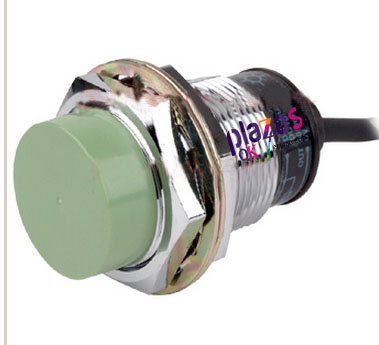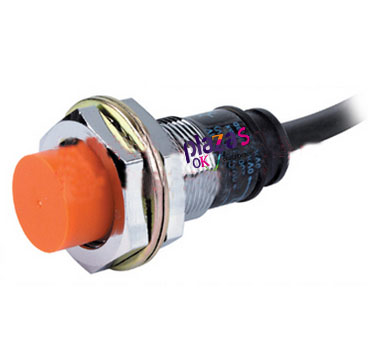Difference between 2-wire sensor or 3-wire sensor
Difference between 2-wire sensor or 3-wire sensor
It is very important to define the relationship between current and voltage when the sensor is on and off. A sensor can be classified as a 2-wire sensor or a 3-wire sensor as follows. 2-wire sensor This sensor is connected in series with the data capture device. When the sensor is not activated, it only absorbs a minimum operating current. This current value is equal to the sensor's off-state leakage current. Some sensors define the sensor on and off states. The relationship between time current and voltage is very important. A sensor can be classified as a 2-wire sensor or a 3-wire sensor as follows.


2-wire sensor
This kind of sensor is connected in series with the data capture device. When the sensor is not activated, it only absorbs a minimum operating current, which is equal to the sensor's off-state leakage current, which is also called residual current by some sensor manufacturers. When the sensor is not connected to a data capture device, but directly connected to other loads, there is no residual current problem. For example, in an industrial environment, these 2-wire sensors are often directly connected to motors and low-impedance devices like motors.
But if the residual current required by the sensor is higher than the current that the digital I/O module can provide, then a problem arises. At this time, the digital I/O module may mistakenly detect the off state as the on state because the current absorbed by the sensor is higher than the current it is prepared to provide. The off-state leakage current or residual current of most 2-wire sensors in industrial applications is not higher than 1.7 mA.
Similar to the off state, the sensor also needs a minimum current to maintain the on state. This is the minimum holding current, which is usually between 3 mA and 20 mA. If the digital I/O module cannot absorb or provide this current, the sensor will not work properly.
3-wire sensor
This kind of sensor does not obtain energy directly through the digital output line, but obtains energy from an excitation terminal. Some manufacturers also call this sensor a line-driven sensor. The current drawn by this type of sensor from the digital I/O module is called the load current, which is usually about 20 mA. But note that this current is provided by the excitation terminal.





